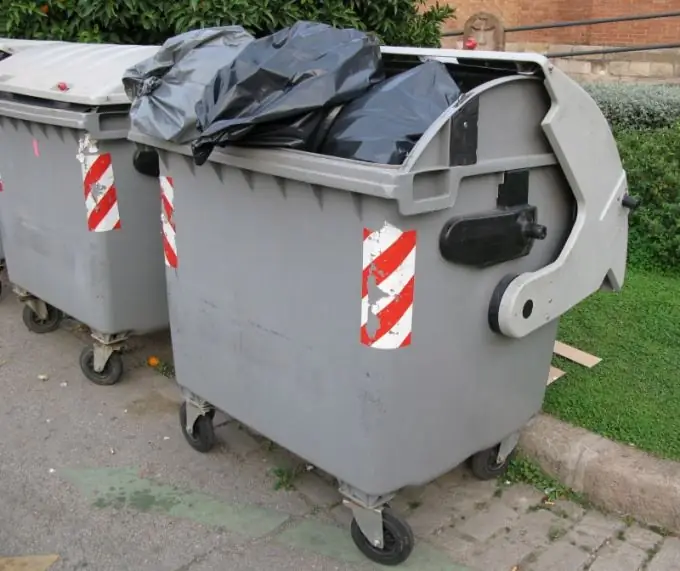Disposal of food waste is one of the most pressing problems of the modern world. By itself, biological waste does not cause much damage to nature, becoming a breeding ground for many microorganisms. However, in large numbers, it is a serious breeding ground for infections that can cause epidemics. Today, food production and consumption waste can be recycled using both traditional and innovative methods.

Instructions
Step 1
For an ordinary consumer, utilization of biowaste is not a difficult task. Waste organic matter is thrown into garbage containers, used for compost and partly as fodder for livestock in private backyards. One of the recent innovations is a special waste shredder that can be installed under the sink with a drain hole of about 3.5 inches. The milled biological particles enter the sewer and go to the processing plant. There they can be used as a basis for agricultural fertilizers.
Step 2
Disposal of food waste in landfills is considered an outdated method, but it is still widely used in various countries. This is done by special services that remove a large amount of organic waste from food processing enterprises and catering outlets. Waste is placed in tanks, which can be hermetically sealed if necessary. Ecologists believe that the main disadvantage of this method of disposal is the rapid decay and souring of huge masses of garbage, which can cause various diseases in humans and animals. In addition, organic acids can react with heavy metals and poison the environment.
Step 3
The most popular and effective way to get rid of food waste is currently considered to be burning it in cremator-ovens. The burners usually run on diesel or gas. When organic matter is cremated, all pathogenic microbes are destroyed, since the temperature in the chambers reaches 800 degrees. All that remains of the debris is sterile ash and bone particles. For example, biowaste incinerators are often used at meat processing plants and livestock farms.
Step 4
The composting method is another trend of our time. In special storage bins, organic waste is placed in layers, where it naturally decomposes. Experts monitor the temperature conditions of the storage facility. Specialized organizations (such as EcoTechCity or Ecotrack) operate on the domestic market, which use devices that can grind biowaste directly in the package. The processed substance is specially processed, fibrous materials are added to it for further use in the production of cement.
Step 5
Scientists are constantly looking for innovative ways to reduce the amount of waste that humans leave behind. Thus, the environmentally friendly technology of microbiological utilization assumes that specific microorganisms will selectively decompose organic matter into secondary products for utilities and industry. However, ubiquitous waste-free technologies, construction of processing plants are a difficult economic task. In Russia, as in many other countries, it is still far from being resolved.







